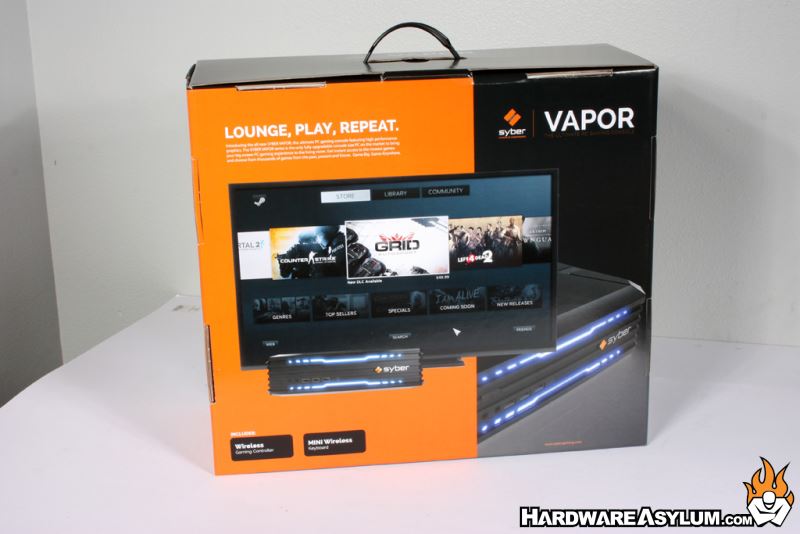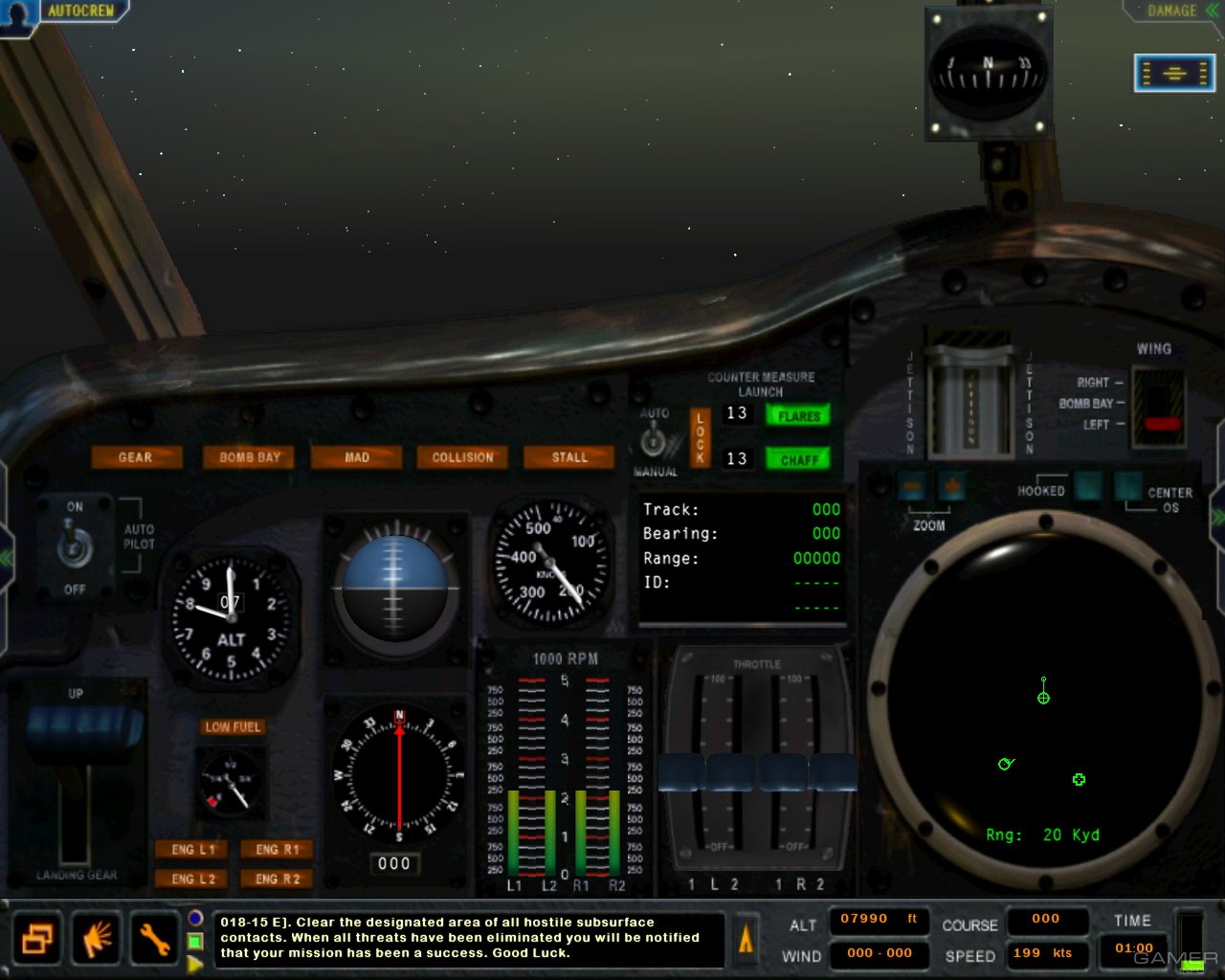

These findings shows that muscle strength during flexion in the elbow joint is largely determined by the dimensions of the biceps brachii muscle.
#COLD WATERS PC GAME SYSTEM REQUIREMENTS TV#
However, when backward regression analysis was applied, the best model singled out the variable PP biceps brachii as the most significant predictor of strength for precher curl exercise (R² = 0.882, p <0.01), and variables NSMM, TM and TV for parallel squat (R² = 0.838, p <0.01). Pearson's correlation coefficient showed a significant positive correlation (p < 0.05) between 1RM of both exercises and all morphological variables (r = 0.512-0.939). Ultrasound diagnostics assessed the cross-section of the biceps brachii (mm) and quadriceps femoris (mm²) muscles, while SMM (kg), RSMM (kg) and NSMM (kg) were determined by the bioelectrical impedance method. The 1RM test (kg) included two exercises: preacher curl (BP) and parallel squat (PC).

The sample consisted of 15 subjects (8 men and 7 women, age: 23.8 ± 1.4 years), who do not practice weight training. The aim of this study was to examine the predictor role of different morphological characteristics: body height - TV, body mass - TM, body composition (total muscle mass - SMM and regional muscle mass of arms - RSMM and leg - NSMM) and muscle cross-section area (PP) on maximum strength level (one-repetition maximum - 1RM). However, it is not completely defined which morphological dimensions have the largest contribution during single-joint and multi-joint movements. It is generally known that muscle strength depends on morphological dimensions.

Iako je klasifikovana kao jednostavna gimnastička veština i zaista je samo mali segment „prave“ veštine preskoka, očigledno je da učenicima prvog razreda to nije tako jednostavno i da im treba više vremena i frekvencija za poboljšanje performanse. U zakljucku je moguc e primetiti da vreme eksperimentalnog tretmana (tri meseca) nije bilo dovoljno da pruži očiglednije-vidljivije poboljšanje performansi. Međutim, isto ostaje da se utvrdi i naučno dokaže u daljim studijama. Isto se može primetiti i kroz radno iskustvo sa ovom populacijom. Numeric ki vec e vrednosti ves tine, utvrđene kod uc enika u obe tac ke merenja, verovatno se mogu pripisati nižim nivoima straha i verovatno višim nivoima FMS veština (koje doprinose boljim performansama ove gimnastičke veštine). Kroz eksperimentalni proces, oc ekivano su se povec ali nivoi performansi veštine, ali isti, iako su utvrđeni kao značajni, nisu bili vrlo vidljivi kroz školske ocene koje bi učenici dobili za izvođenje veštine. Iako u početku učenici nisu imali prethodno iskustvo u izvođenju ves tine, nakon uvodnog c asa mogli su da izvrs e opste kretanje ves tine. Cilj uc enja ove ves tine ne mora biti sam sebi svrha, vec stvaranje solidne osnove za učenje osnovnih preskoka (kao što su raznoška ili zgrčka) u višim razredima osnovne škole. NODO test je dobro konstruisan test za učenike prvog razreda oba pola i savetuje se učenje ove veštine u nižim razredima osnovne s kole. In conclusion, cold-water immersion mediates the perceptions of fatigue and recovery and enhances the restoration of some match-related performance measures during a 4-day tournament. Cold-water immersion was more effective than thermoneutral immersion for reducing the perception of leg soreness (P = 0.004, d = -0.92) and general fatigue (P = 0.007, d = -0.91), ameliorating the decrement in total distance run (P = 0.001, d = 0.55), and maintaining time in the moderate heart rate zone (P = 0.01, d = 1.06). There were decreases in both groups across the 4-day tournament for high-intensity running distance (P = 0.006, Cohen's d = 0.63), total distance run (P < 0.001, d = 0.90), time in high heart rate zone (P = 0.003, d = 0.90), and match RPE (P = 0.012, d = 0.52). Perceptions of general fatigue and leg soreness were recorded approximately 22 h after each match.


 0 kommentar(er)
0 kommentar(er)
